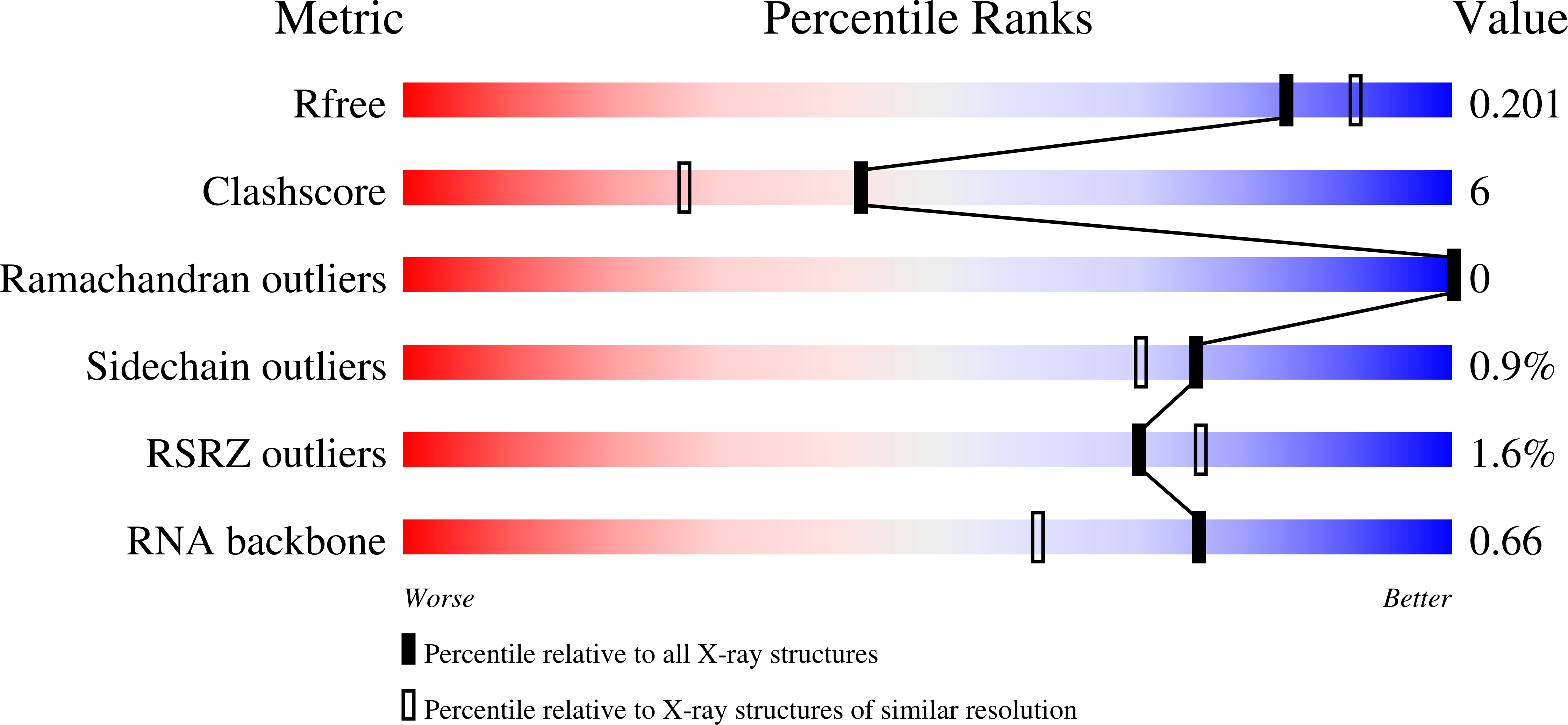
Deposition Date
2024-03-04
Release Date
2024-10-23
Last Version Date
2025-05-07
Entry Detail
PDB ID:
9AVR
Keywords:
Title:
Human eIF4A-1 in complex with AMP-PNP, RNA, and the inhibitor silvestrol
Biological Source:
Source Organism:
Homo sapiens (Taxon ID: 9606)
Host Organism:
Method Details:
Experimental Method:
Resolution:
1.91 Å
R-Value Free:
0.19
R-Value Work:
0.14
R-Value Observed:
0.15
Space Group:
P 21 21 21


